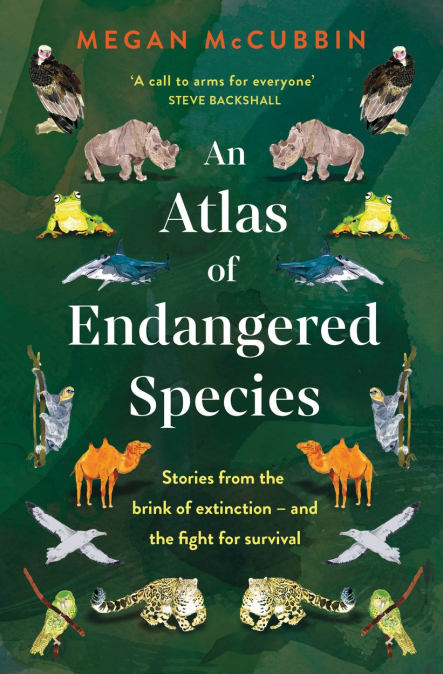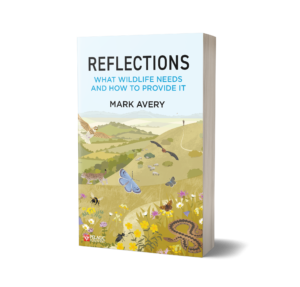
We are taken to conservation projects intent on saving endangered species – 10 from the northern and and nine from the southern hemispheres (18 animals and one plant). Which 19 would you have picked?
We meet those who are engaged in preventing these species from being driven to extinction and hear their stories of success and sometimes of frustration. The interviews were carried out by Zoom (a phrase that wouldn’t have meant much to me a few years ago) as the research was done over the covid period. This is a good model – does the author pull it off? She does.
Of the 19 species, the one I would really like to get to grips with in the wild is the wild camel of Mongolia/China. That’ll never happen as there are some political and practical reasons why it would be tricky, and this is one of those species where the people who know it best have hardly seen it. So I was glad to read about Camelus ferus, the third camel species on planet Earth instead.
But you could make your own choice from quite a lot of mammals, some birds, an amphibian, a fish, an echinoderm, a mollusc and that plant. The spread includes well-known and not-so-well-known species and a smattering of marine species as well as terrestrial and aquatic ones.
Megan writes well, she kept my attention, and in a personal and personable manner. We hear about a wide range of issues and ecological ideas along the journey through the book.
There are plenty of species left to cover – I’m looking forward to the next volume already. And I keep daydreaming about camels.
There isn’t a single map in this book – so the title is more than a little odd – no matter, the contents are good.
The cover? OK but not that striking and the animals are a bit too small so I’d only give it 6/10.
An Atlas of Endangered Species: stories from the brink of extinction – and the fight for survival by Megan McCubbin is published by Two Roads.

My forthcoming book, Reflections, will be published on 4 July.
Details – click here and read what others think about it.
[registration_form]
One plant and no fungi !
A bit biased then?
And what about microbes ?
https://slate.com/technology/2012/03/a-conservation-movement-for-microbes.html
I hope the camel section gives fulsome credit to the late John Hare whose books were the first to draw our attention to their plight. I knew John well whilst living in Kent. Somewhat eccentric – he lived in a yurt in his garden for a while. He was one of the old generation of gentlemen conservationists who mixed saving species with hunting others – which he never saw as a contradiction. Charming and passionate, but never sanctimonious or preachy, his contribution must be recognised.